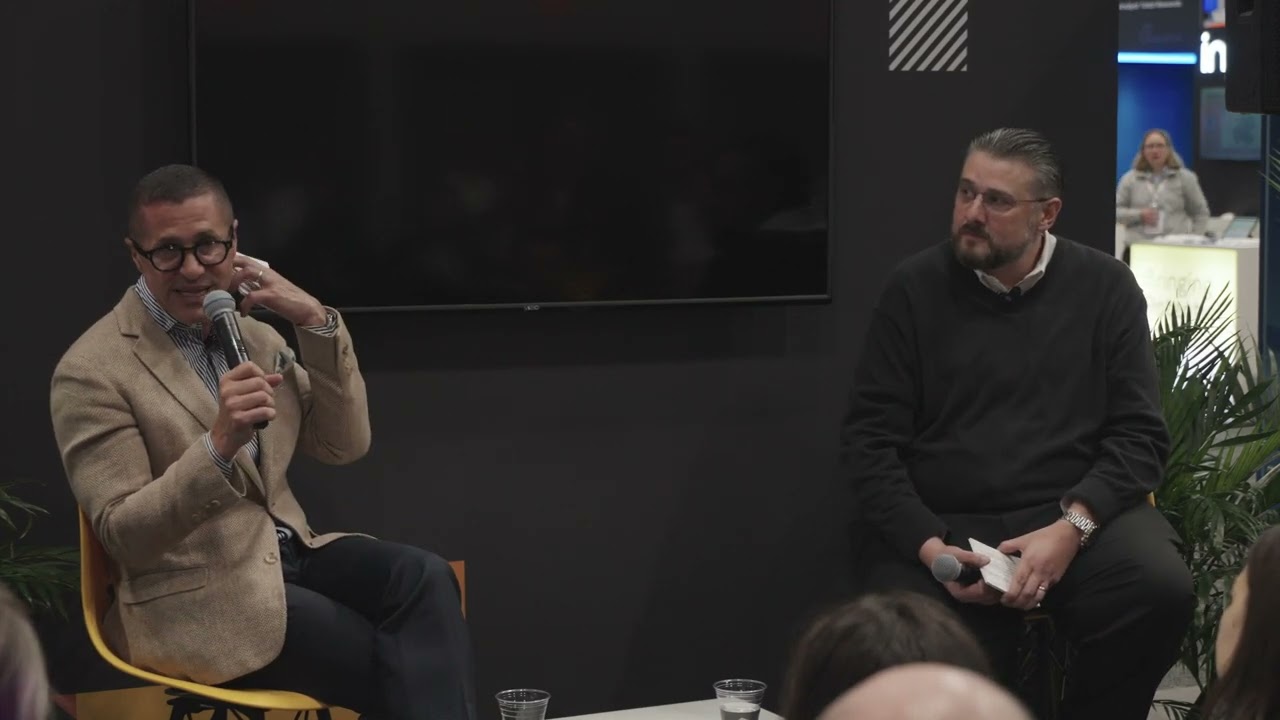AI has taken the world by storm—especially when it comes to evolving the way HR elevates and promotes internal talent.
While it’s created a billion-dollar industry in and of itself, its presence has made an equally big splash in almost every arena of the professional world. In fact, PwC has identified that over 73% of U.S. businesses use AI in some way within their companies.
However, despite AI’s growing popularity, its existence has become a source of fear and anxiety for workers. Tech jobs, especially, have suffered. For example, postings for coding jobs have fallen by 67% since March 2022.
Employees from all industries are concerned that AI might replace them. But is this concern valid—and is there a better alternative for organizations moving forward?

The right—and wrong—ways to build an AI-powered workforce
Organizations can take two approaches to integrating AI. The first approach involves substantial layoffs and AI displacement.
During the COVID-19 pandemic, we saw significant firing followed by a rapid scramble to rehire. Mass firings have yet to prove to be a sustainable or effective approach. Not to mention, many businesses still haven’t recovered their original and necessary workforce numbers.
Rather than making substantial layoffs, there’s an alternative—maintaining your employees and upskilling them.
The difference is a shortsighted way to save money versus a long-term solution that prioritizes future-focused skills. Instead of cutting costs and maintaining productivity levels through AI displacement, you can teach your existing staff how to use AI tools to increase productivity. Goldman Sachs recently estimated that AI, including GenAI, is increasing productivity by an average of 25%.
When businesses upskill their workforces, they gain a competitive advantage against organizations maintaining current productivity levels. Not to mention, it’s quite expensive to fire and rehire rather than simply upskill existing talent.
The next few months and years are a make-or-break time for businesses. They will either resist the influence of AI, use it as a cost-saving stop-gap, or turn it into a force multiplier.
If you use it to augment your current workforce, when your competitors start to regret their layoffs, you’ll be so far ahead in productivity and revenue that they won’t be able to catch up.
Related content: Learn more about what it takes to upskill your workforce with AI from Forrester. Their research shows that it takes people, process, and technology to create highly skilled and adaptable workforces ready for the future.
3 steps to upskilling with AI
Ready to invest in upskilling? Here are the three steps you’ll need to take.
1. Acknowledge the shift
Under half of executives think their organization can maintain the status quo with their current talent models, and almost 50% of CEOs are doubtful that their organizations can stay above water for the next decade without change.
Acknowledge that AI adoptions and digital transformation within your organization are a must to stay ahead. Stakeholders from around the organization must be on the same page about addressing and integrating AI tools and technologies to stay competitive.
2. Invest in upskilling technology
AI has already triggered industry-wide shifts, including a drop in software developer salaries and fewer entry-level positions in IT and data center operations roles.
Jobs that have already been replaced by AI aren’t likely to come back. That means to keep your team sharp, productive, and efficient, they need to learn new skills and move into new areas of expertise.
AI-powered talent intelligence can help you power organizational upskilling by revealing employees’ skills and potential—no matter the size of your workforce. Once you understand your employees’ skills, and the skills that are rising or falling in your industry, you can make data-driven plans to upskill talent.
Eightfold’s built-in development capabilities build a bridge between employees’ career aspirations and your business goals, increasing retention and productivity.
3. Start now
With the pace of change and how quickly AI and GenAI are advancing, the best time to start is now.
If your talent doesn’t have modern skills, they’ll quickly fall behind. Using AI as a short-term cost-saving tool puts your organization in a vulnerable position when the next waves of AI advancement inevitably arrive.
However, keeping your current workforce numbers and upping their productivity through the power of AI puts you in a position to increase ROI as you create new products and expand into new markets.
A note to job seekers
More organizations are beginning to hire based on skills rather than experience or academic history. Focus on staying ahead of the curve by investing in upskilling yourself. As job descriptions shift toward requiring AI-centric tools, your skill set will need to reflect that. It also means you’ll need more of the expertise AI can’t replace.
Remember: AI is new to the workforce. There aren’t many AI majors or AI experts with decades of experience, meaning everyone is on an even playing field. Now’s the perfect time to become a leader in your current role through learning to use AI.
Ready to see what AI can do for you? Start a self-guided tour today.
